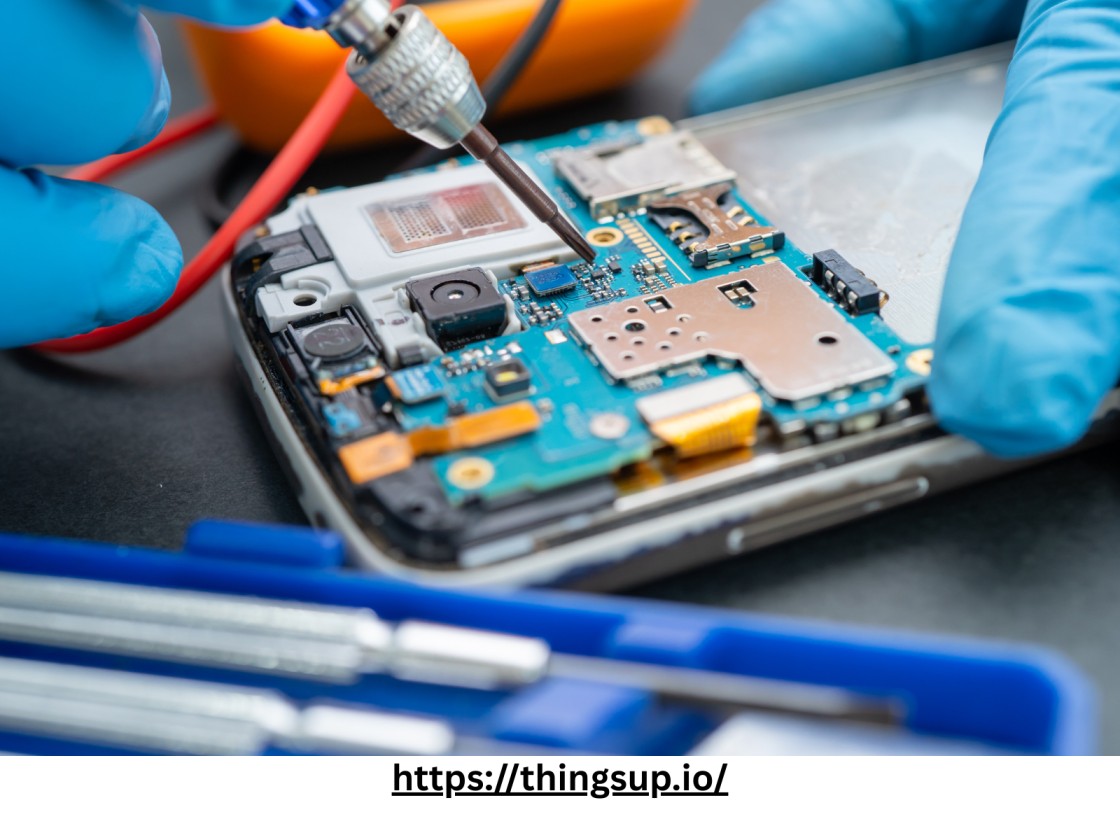
The core of this revolution is ability to manipulate and use data in real time rather than having to wait for more comprehensive analysis of the data. In today’s IoT applications, real time data processing is critical where a few milliseconds can yield good results. Smart thermostat that reacts to temperature fluctuation is just a part of it, connected vehicle that will prevent accidents is just a part of it; timely data analysis is essential.
This work explores the processes of real-time data management in the IoT technologies and emphasizes an important role of the IoT platform and IoT monitoring platform.
What is Real-Time Data Processing in IoT?
Real-time data processing refers to the ability to collect, analyze, and respond to data as it is generated. In IoT applications, this typically means processing streams of data from devices — such as sensors, actuators, and gateways — with minimal delay.
Unlike batch processing, where data is collected and stored for future analysis, real-time processing enables on-the-fly decision-making. This approach is essential for time-sensitive use cases like industrial automation, predictive maintenance, smart cities, and healthcare monitoring.
Why Real-Time Processing Matters
IoT applications are inherently dynamic. Data from devices flows in huge amounts, steadily and in a non-enforcing pattern. When there is a delay in using this data, it will lose value quickly.
Immediate Response: The immediate data feed back is critical for autonomous vehicles and robotics and efficient functioning of smart grids.
Operational Efficiency: Anomaly detection in real time and timely action reduces equipment downtime and illicit uses of resources.
Safety and Security: Timely notifications prevent possible dangers, thieving occurrences, or serious system breakdown.
User Experience: End users of wearable devices and home automation applications benefit a lot from real-time responsiveness.
Components of Real-Time Processing in IoT
To process data in real time, IoT systems rely on a combination of hardware and software elements. Here’s a look at the essential components:
1. IoT Devices and Sensors
These are the data sources — physical devices equipped with sensors that measure temperature, pressure, humidity, motion, etc. They continuously stream data to the cloud or local edge processors.
2. IoT Platform
An IoT platform is the backbone that connects devices, manages communication protocols, processes data, and enables integration with analytics tools and applications. Real-time processing requires platforms that support:
Fast data ingestion
Low-latency communication
Edge and cloud interoperability
Scalable infrastructure
Popular platforms like AWS IoT, Microsoft Azure IoT, and ThingsBoard offer real-time data capabilities.
3. Edge Computing
Edge computing brings computation closer to the data source, reducing latency and bandwidth usage. In real-time scenarios, processing at the edge is often necessary to meet time constraints.
4. Data Stream Processing Engines
Technologies like Apache Kafka, Apache Flink, and Spark Streaming enable fast processing of incoming data streams. These systems analyze, filter, and correlate data in milliseconds.
5. IoT Monitoring Platform
An IoT monitoring platform provides real-time visualization, anomaly detection, alerting, and logging. It gives operators the tools to oversee the health and performance of the entire IoT ecosystem in real time.
Key Use Cases of Real-Time IoT Data Processing
1. Industrial Automation
Factories rely on IoT systems to monitor equipment conditions, control robotic arms, and ensure safety compliance. Real-time processing helps prevent breakdowns and maintain seamless operations.
2. Smart Cities
From traffic control to public safety, real-time data helps city administrators respond faster to congestion, accidents, or utility outages.
3. Healthcare Monitoring
Wearable devices transmit biometric data such as heart rate or oxygen levels. Real-time alerts can detect abnormalities and notify healthcare professionals instantly.
4. Fleet Management
Logistics companies use real-time IoT data to track vehicle location, fuel consumption, and driver behavior, optimizing routes and reducing operational costs.
5. Energy Management
Smart grids and energy meters require instant data feedback to manage load distribution, detect faults, and enhance energy efficiency.
The Role of an IoT Platform in Real-Time Data Processing
An effective IoT platform acts as a bridge between the physical and digital worlds. It ensures that devices can communicate, data can be captured and processed, and meaningful insights can be delivered. Key features of such a platform include:
Real-Time Analytics: Built-in or integrated analytics engines that support immediate data computation.
Event-Driven Architecture: Ability to trigger actions or workflows based on specific events or thresholds.
Edge Compatibility: Support for edge devices that perform preprocessing tasks before sending data to the cloud.
Scalability: Handling millions of devices and data points simultaneously without performance degradation.
Security and Compliance: Encrypted data transport, access control, and regulatory compliance support.
The Power of IoT Monitoring Platforms
While the IoT platform focuses on integration and data flow, the IoT monitoring platform provides observability and control. It enables:
Live Dashboards: Visualize key metrics and device statuses in real time.
Custom Alerts: Set up thresholds and receive notifications when anomalies are detected.
Performance Metrics: Monitor latency, uptime, and device health across the network.
Troubleshooting Tools: Quickly identify root causes of issues and take corrective actions.
Together with the IoT platform, the monitoring platform ensures that businesses can operate with visibility, control, and agility.
Challenges in Real-Time IoT Data Processing
Despite the advantages, real-time processing presents some challenges:
Latency Constraints: Ensuring minimal lag requires optimized networks and hardware.
Data Overload: Processing high-frequency data can strain resources and infrastructure.
Security Risks: Real-time systems are often exposed to security vulnerabilities if not properly managed.
Interoperability: Diverse devices and protocols can complicate integration.
Cost of Scalability: Scaling up to meet real-time demands can be expensive.
Addressing these issues requires selecting the right mix of edge computing, cloud infrastructure, and robust platform capabilities.
Conclusion
Real-time data processing is no longer a luxury—it’s a necessity for modern IoT applications. From industrial operations to personal health, timely insights lead to better outcomes. With the right IoT platform and a robust IoT monitoring platform, organizations can harness the full potential of real-time analytics to create smarter, safer, and more efficient systems.
By choosing scalable, secure, and responsive platforms, businesses can stay ahead in the race to become truly intelligent enterprises.